The dreaded words “I’m bored” carried serious weight in the 1980s, especially during those endless summer afternoons when the excitement of vacation had worn off but September felt like a lifetime away. Without smartphones, tablets, or the internet to fill every quiet moment, kids had to get creative with their time and whatever was lying around the house. These long stretches of unstructured time became the breeding ground for some of the most memorable childhood adventures, turning ordinary household items into props for elaborate games and simple activities into cherished rituals that defined an entire generation’s summer experience.
1. Made Mud Pies in the Backyard
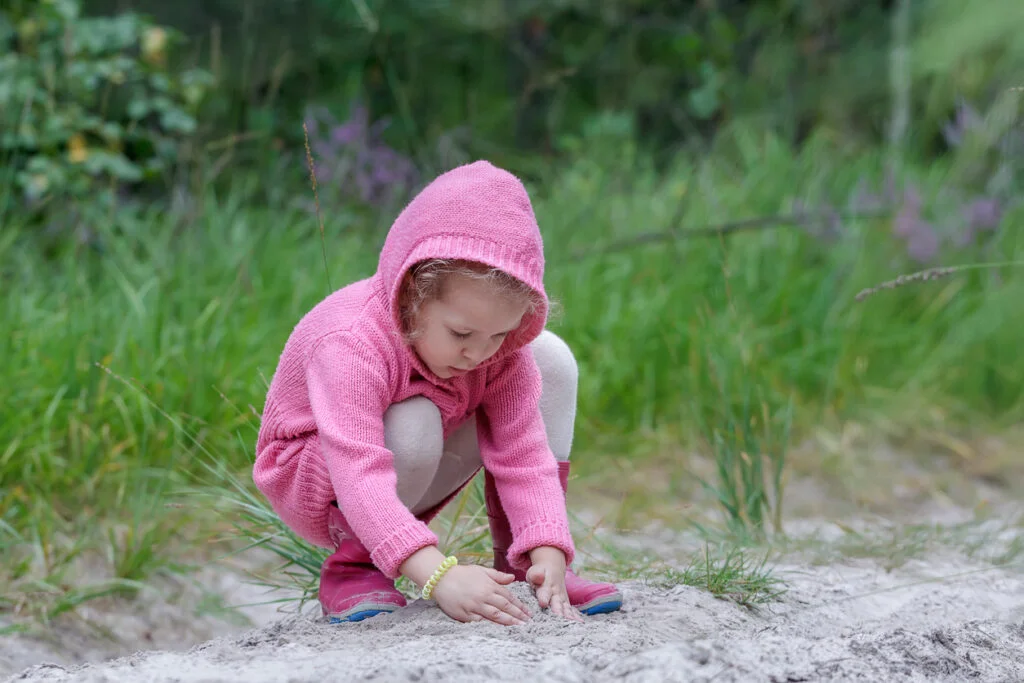
Every kid knew the perfect dirt-to-water ratio for creating the most realistic-looking mud pies, usually discovered through extensive trial and error in the backyard garden. Old pie tins, cake pans, and Tupperware containers became premium baking equipment, while dandelions, grass clippings, and small rocks served as decorative toppings. The best mud came from the spot where the garden hose had been dripping, creating that perfect clay-like consistency that held its shape.
These culinary masterpieces were displayed on makeshift tables made from cardboard boxes or picnic tables, with elaborate restaurant setups complete with leaf menus and acorn money. Parents learned to check their good dishes before company came over, having discovered too late that their china had been “borrowed” for outdoor bakeries. The cleanup always took longer than the actual pie-making, but the satisfaction of creating something from nothing made every muddy fingerprint worthwhile.
2. Spent Hours Arranging and Trading Baseball Cards

Baseball card collections were serious business, with kids spending entire afternoons organizing their cards by team, player, or year while the gum grew stale in forgotten wax paper wrappers. The sacred ritual of opening fresh packs involved careful examination of each card, checking for duplicates, and immediately assessing trade value based on player statistics and card condition. Shoe boxes became treasured vaults, with rubber bands and index card dividers creating elaborate filing systems that would make librarians proud.
Trading sessions could last for hours, with complex negotiations involving multiple cards, cash considerations, and future draft picks from upcoming pack purchases. Every kid knew which cards were valuable and which ones were common enough to use for bicycle spokes or flipping games. The search for that one missing card to complete a set drove countless trips to different stores, and finding it felt like striking oil in your own backyard.
3. Built Elaborate Blanket Forts in the Living Room
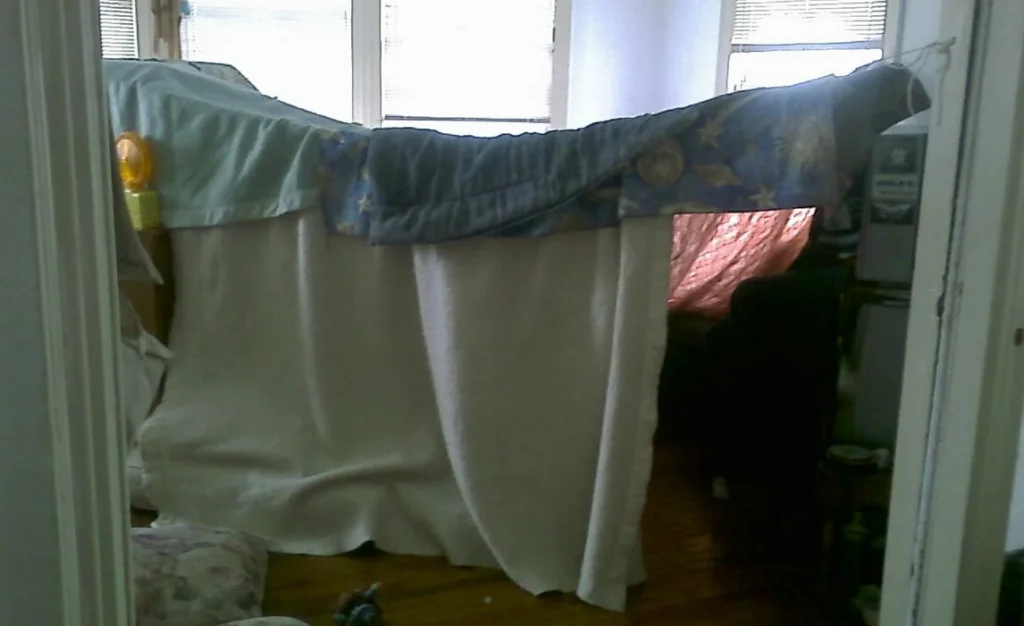
Living room furniture transformed into architectural marvels when combined with every sheet, blanket, and pillow in the house, creating secret hideaways that could shelter entire afternoons of imagination. Kitchen chairs became structural supports, while clothespins and safety pins held crucial connections that meant the difference between a cozy fort and a collapsed mess. The best forts had multiple rooms, secret entrances, and enough space to comfortably read comic books by flashlight.
These temporary kingdoms required constant maintenance and defense against younger siblings who didn’t understand fort etiquette or parents who needed to actually use the furniture. Snacks had to be smuggled in carefully to avoid crumb catastrophes, and bathroom breaks were strategic missions that risked the entire structure collapsing in your absence. The inevitable teardown was always bittersweet, but the promise of building an even better fort next time made the destruction bearable.
4. Practiced Yo-Yo Tricks Until Your Fingers Hurt
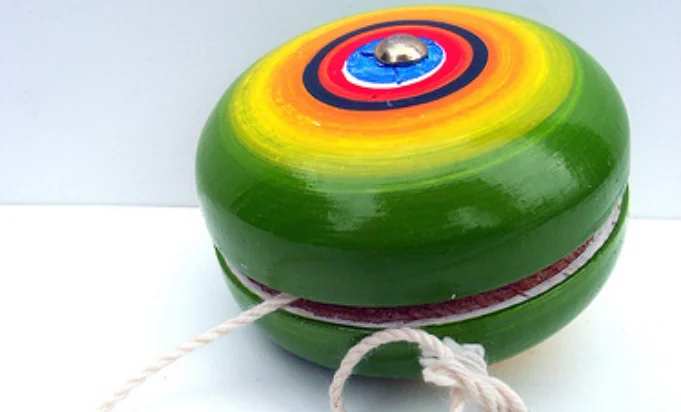
The yo-yo craze swept through neighborhoods like wildfire, with kids spending countless hours mastering Walk the Dog, Around the World, and Rock the Baby until their fingers were raw from string burns. Each new trick required precise timing and endless repetition, with YouTube tutorials still decades away and learning happening through patient observation of more skilled friends. The sound of yo-yos hitting sidewalks and wooden floors became the soundtrack of summer afternoons.
Professional yo-yo demonstrations at toy stores and school assemblies inspired kids to practice even harder, dreaming of someday performing their own gravity-defying stunts. String tension had to be adjusted constantly, and replacing broken strings was a rite of passage that separated casual players from serious yo-yo artists. The most dedicated practitioners developed calluses and could perform tricks without even thinking, their hands moving in practiced patterns while their minds wandered to other summer adventures.
5. Created Stop-Motion Movies with Action Figures

Armed with parents’ cameras and unlimited imagination, kids became amateur filmmakers, painstakingly moving action figures frame by frame to create epic battle scenes and dramatic storylines. Each photograph had to be perfectly composed, with tiny adjustments to figure positions creating the illusion of movement when the film was finally developed weeks later. The most ambitious projects involved elaborate sets built from cardboard boxes, construction paper backgrounds, and whatever household items could double as movie props.
The waiting period between shooting and seeing the finished product added an extra layer of excitement to the entire process, with kids eagerly anticipating their trip to the photo developer. Most movies were only a few seconds long when played back, but represented hours of careful planning and patient execution. The final screenings were family events, with proud directors explaining the complex plots and special effects techniques used in their cinematic masterpieces.
6. Rode Bikes Until the Streetlights Came On
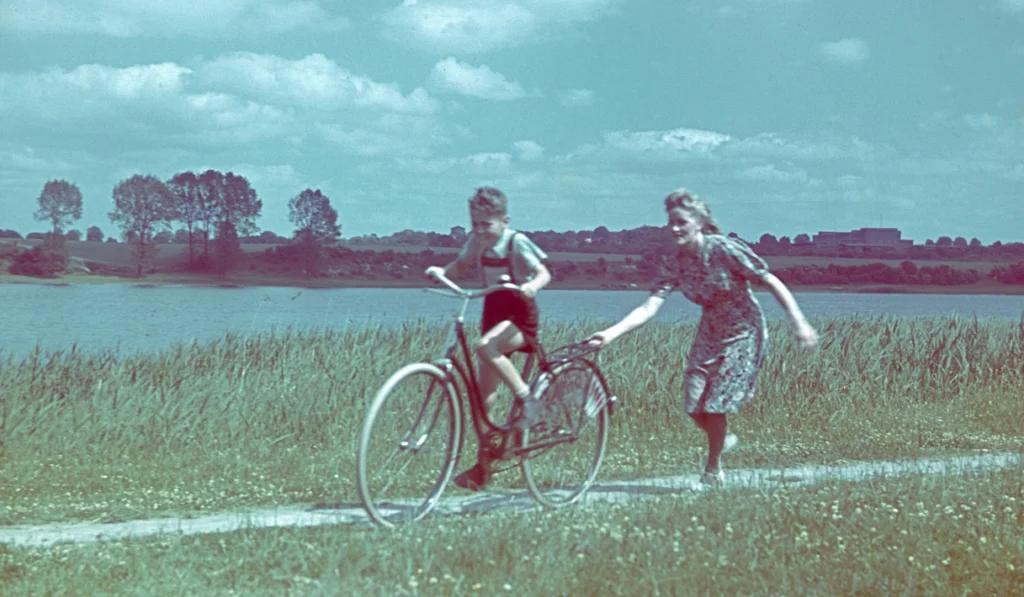
Bicycles were freedom machines that expanded childhood territories far beyond walking distance, with kids pedaling through neighborhoods on epic adventures that lasted from lunch until dinner. The rules were simple: stay in the neighborhood, don’t cross major streets without permission, and be home when the streetlights flickered on. Every hill became a mountain to conquer, every empty parking lot transformed into a race track, and every curb offered an opportunity to practice jumping techniques.
Groups of kids would ride together in loose formations, with the fastest riders scouting ahead and the youngest struggling to keep up on bikes that were either too big or too small. Playing cards clothespinned to spokes provided motorcycle sound effects, while banana seats and sissy bars offered style points that mattered more than actual performance. The evening ride home always felt too short, with kids pushing the limits of daylight to squeeze in just a few more adventures before being called inside.
7. Spent Entire Days Reading Comic Books

Comic book collections grew through careful allowance management, birthday money splurges, and strategic trades with friends who had different superhero preferences. Kids would spread their entire collection across bedroom floors, creating reading schedules that ensured every issue got proper attention during long summer afternoons. The local comic book shop became a second home, with kids knowing exactly when new issues arrived and which day offered the best selection.
Reading marathons could last for hours, with kids losing themselves in colorful worlds where ordinary problems were solved with superpowers and clear moral distinctions. The smell of comic book pages and the careful handling required to preserve condition became second nature, with plastic sleeves and cardboard backing reserved for the most valuable issues. Trading comics was an art form that required knowledge of market values, story importance, and the delicate art of negotiation between friends who shared similar obsessions.
8. Perfected Prank Phone Calls from the Kitchen
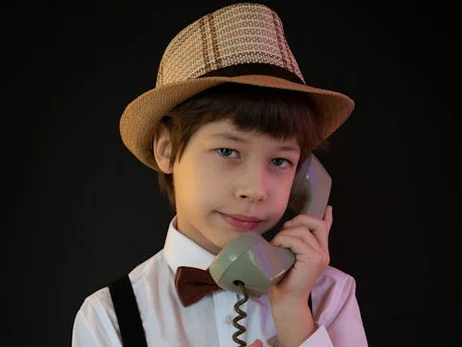
The kitchen phone became mission control for elaborate prank calling campaigns, with kids taking turns dialing random numbers from the phone book and attempting their best adult voices. Classic pranks like asking if Prince Albert was running or inquiring about refrigerated huckleberries required perfect timing and the ability to hang up quickly before dissolving into giggles. The rotary dial added an extra element of suspense, with each number taking precious seconds that built anticipation for the upcoming performance.
Caller ID was still a futuristic concept, giving young pranksters a sense of anonymity that emboldened even the shyest kids to attempt elaborate character voices and ridiculous scenarios. The fear of getting caught added excitement to every call, with kids posting lookouts for returning parents and developing quick cover stories about homework help or innocent friend calls. Most pranks were harmless and forgotten within minutes, but the thrill of successfully completing a call without detection made every successful attempt feel like a major victory.
9. Organized Elaborate Games of Kick the Can
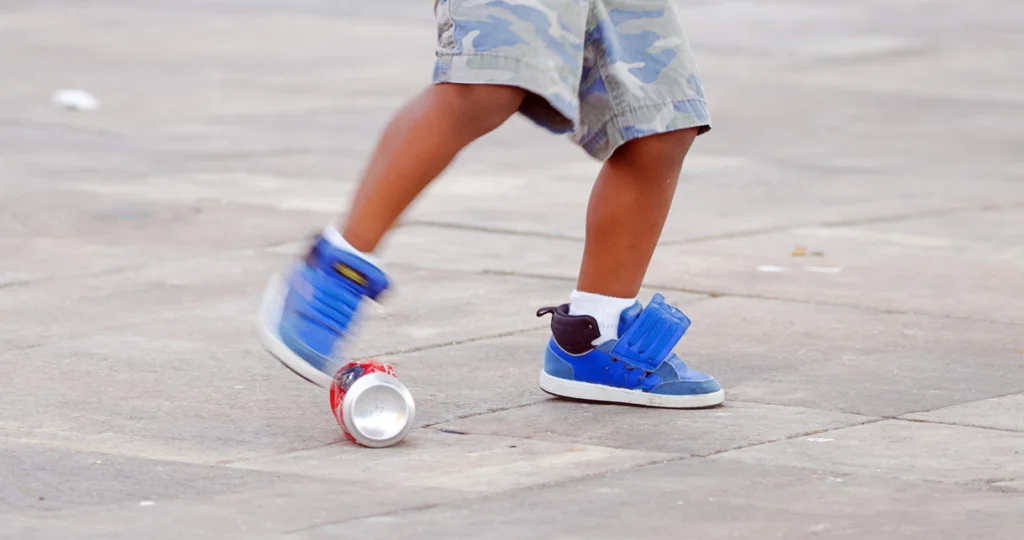
This neighborhood-wide game of hide-and-seek elevated backyard entertainment to epic proportions, with kids ranging across multiple yards and using every hiding spot their collective creativity could discover. The empty can placed in the center of the designated area became the focal point of intense strategy, with hidden players calculating the perfect moment to make their dash for freedom. Games could last for hours, with participants disappearing into garages, behind sheds, and under porches in increasingly creative attempts to avoid detection.
The role of “it” required both detective skills and athletic ability, as players had to locate hidden participants while simultaneously guarding the all-important can from rescue attempts. Alliances formed and dissolved throughout games, with temporary partnerships created to execute coordinated rescue missions that required military-level planning and split-second timing. The sound of the can being kicked and scattering across pavement was the sweetest music to hidden players, signaling their freedom and the start of a frantic scramble for new hiding places.
10. Made Mix Tapes from Radio Songs
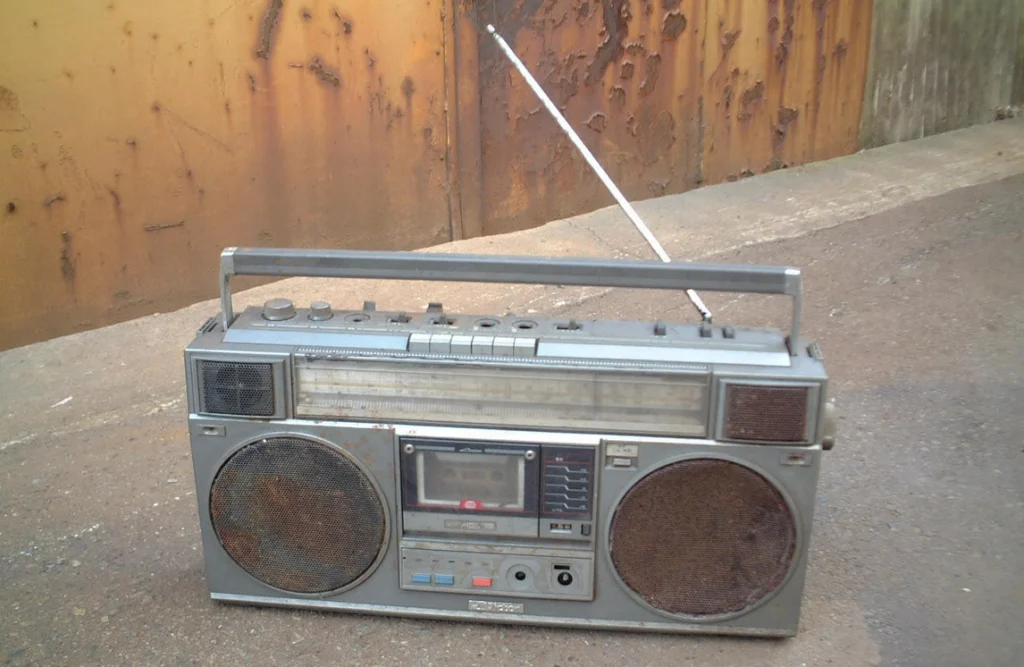
Creating the perfect mix tape was both art and science, requiring kids to camp out by their boom boxes with blank cassettes ready to capture favorite songs as they played on the radio. The timing had to be perfect to avoid recording the DJ’s voice-over or missing the beginning of a song, with kids developing lightning-fast reflexes for hitting the record button at exactly the right moment. Each successful capture felt like a small victory, building toward the ultimate goal of a 90-minute tape filled with personal favorites.
The most dedicated mix tape creators kept detailed logs of radio station programming, noting which DJs played the best music and what times offered the highest likelihood of hearing specific songs. Blank tapes were precious commodities, carefully labeled and stored with protective cases to prevent tangles or damage. The finished products became soundtrack companions for summer adventures, with different tapes created for different moods and activities, each one a carefully curated collection that captured a specific moment in time.
11. Played Marathon Sessions of Atari or Nintendo
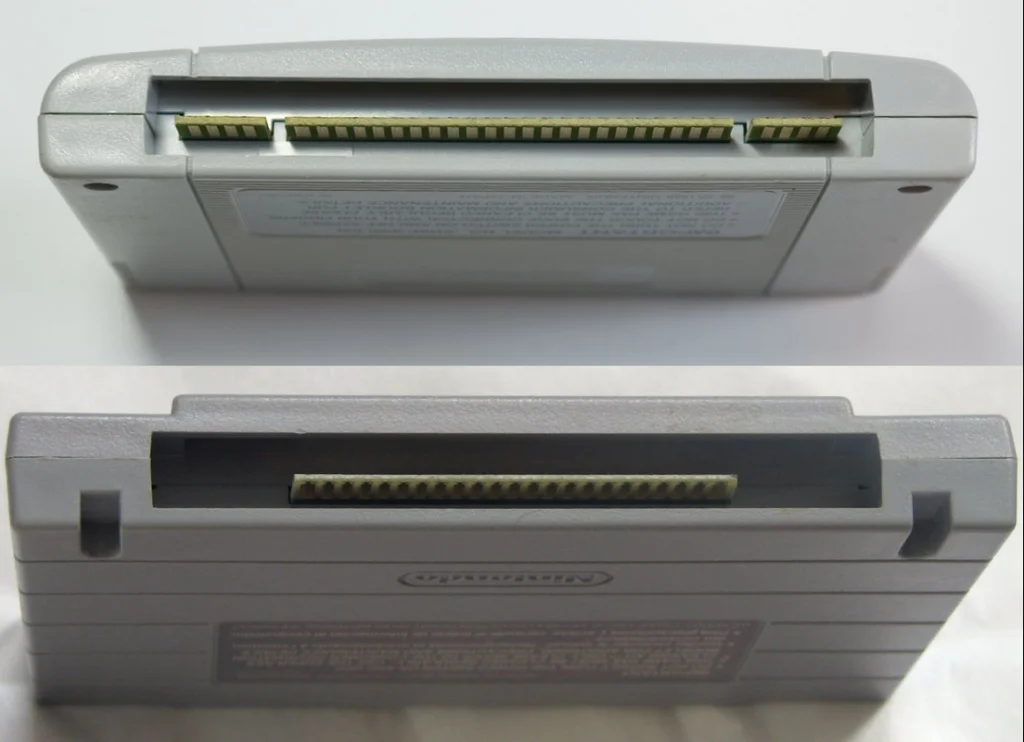
Video game sessions could stretch for entire afternoons, with kids taking turns at controllers and developing complex rotation systems to ensure everyone got equal playing time. High scores became serious competitions, with kids practicing specific games until they could navigate every level with muscle memory precision. The simple graphics and repetitive music of early video games never got old when you were determined to beat your previous best performance.
Game cartridges were treated like precious artifacts, with kids learning the mystical art of blowing into connectors to make stubborn games work properly. Every kid had theories about the best techniques for cartridge maintenance, and sharing successful methods was part of the gaming community culture. The sound of digital music and pixelated explosions became the soundtrack of rainy afternoons and too-hot-to-go-outside days, providing endless entertainment from machines that seem primitive by today’s standards but felt revolutionary at the time.
12. Walked to 7-Eleven for Slurpees and Candy

The trek to the local convenience store was a major expedition that required careful financial planning and strategic timing to avoid the hottest part of the afternoon. Kids would pool their allowance money and head out in groups, discussing flavor combinations and debating the merits of different candy choices during the journey. The 7-Eleven became a community center where kids from different neighborhoods would converge, comparing purchases and sharing recommendations.
Slurpee creation was a serious art form, with experienced customers knowing exactly how to layer flavors for optimal taste and color effects without creating muddy brown disasters. The brain freeze was an accepted occupational hazard, and kids developed techniques for managing the pain while continuing to enjoy their frozen treats. The walk home always felt shorter with cold drinks and sugar-powered energy, turning the simple errand into an adventure that provided both destination and journey entertainment for long summer days.
Those summer afternoons taught us creativity, patience, and the art of making something from nothing—skills that no app or streaming service can replicate. We learned to be bored and then figure out how to unbore ourselves, creating our own entertainment from whatever materials were within reach. Looking back, those supposedly “boring” days were actually filled with more genuine adventure and creativity than most of our adult days manage to achieve, proving that sometimes the best entertainment comes from having absolutely nothing to do and all day to figure out how to do it.
This story 12 Things Every Kid Did During a Long, Bored Summer Afternoon in the ’80s was first published on Takes Me Back.


